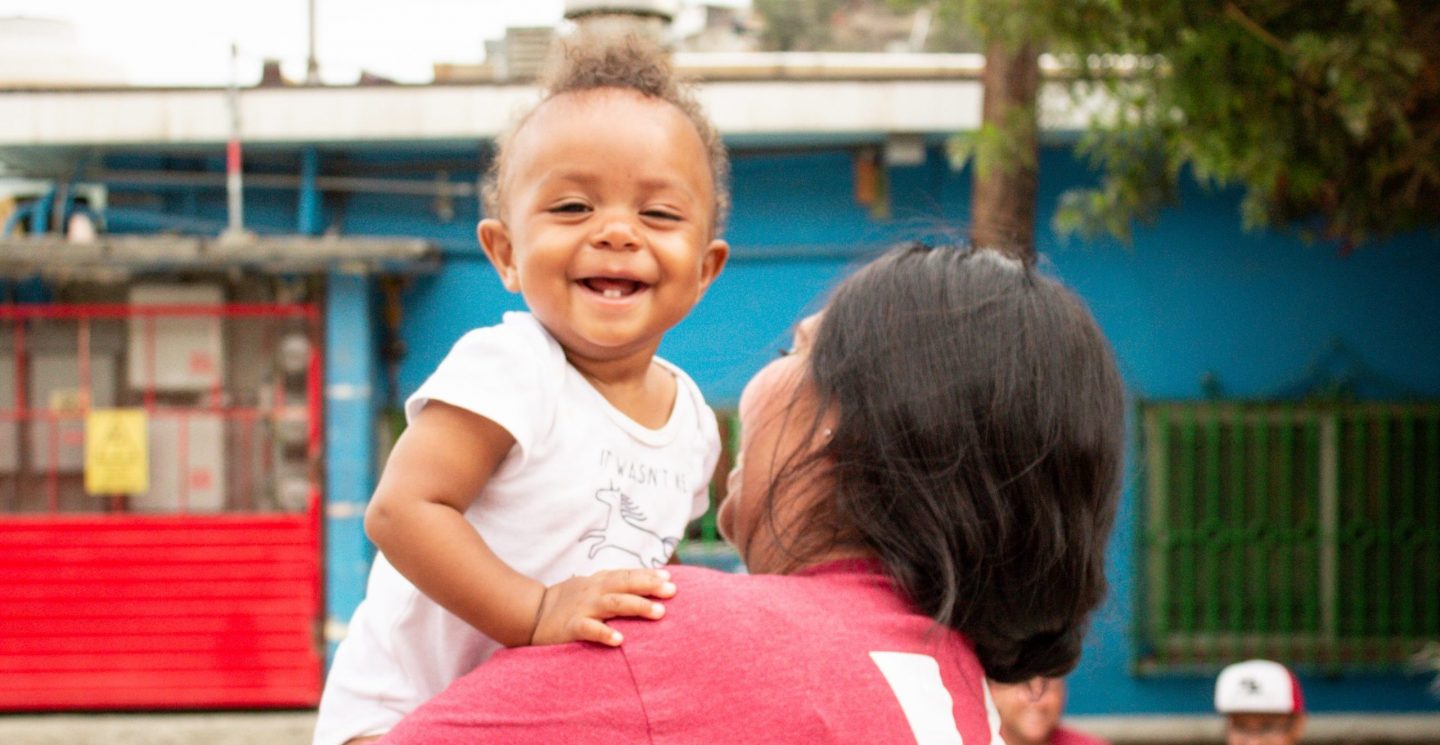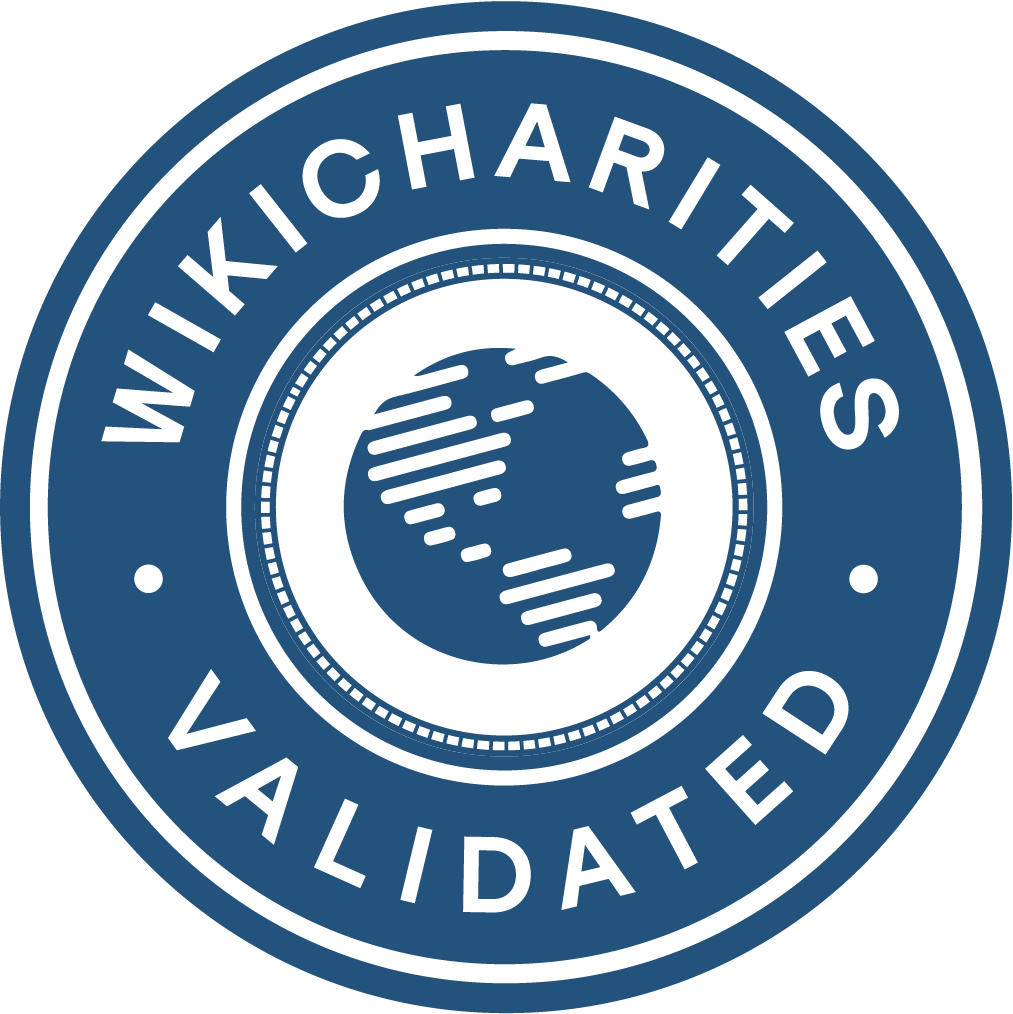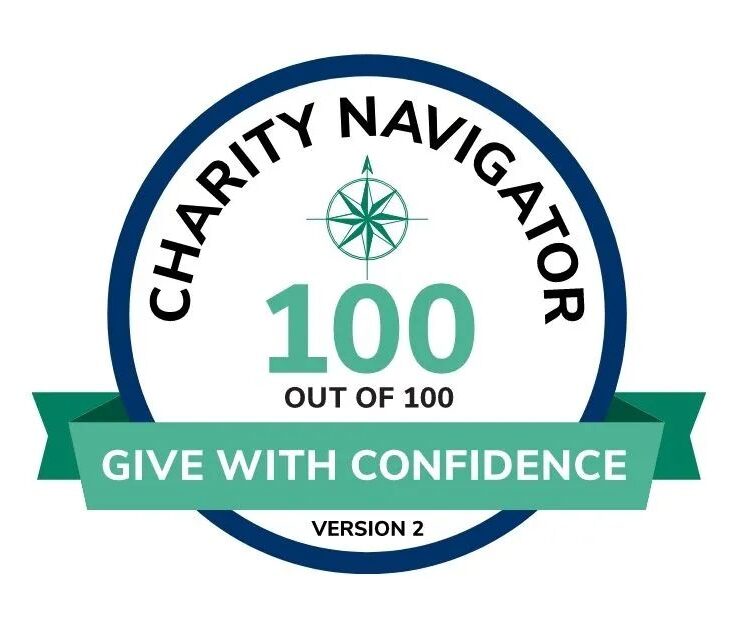How We Find and Certify Quality Orphanages
How do we know which orphanages are trustworthy enough to fund? Once an orphanage receives money, how do we know it is being spent wisely? How do we find top-notch orphanage directors to work with?
The Certification process is the answer to these questions. Certification is how we find, assess, and chart a path forward with each orphanage. The following steps outline how this is accomplished.
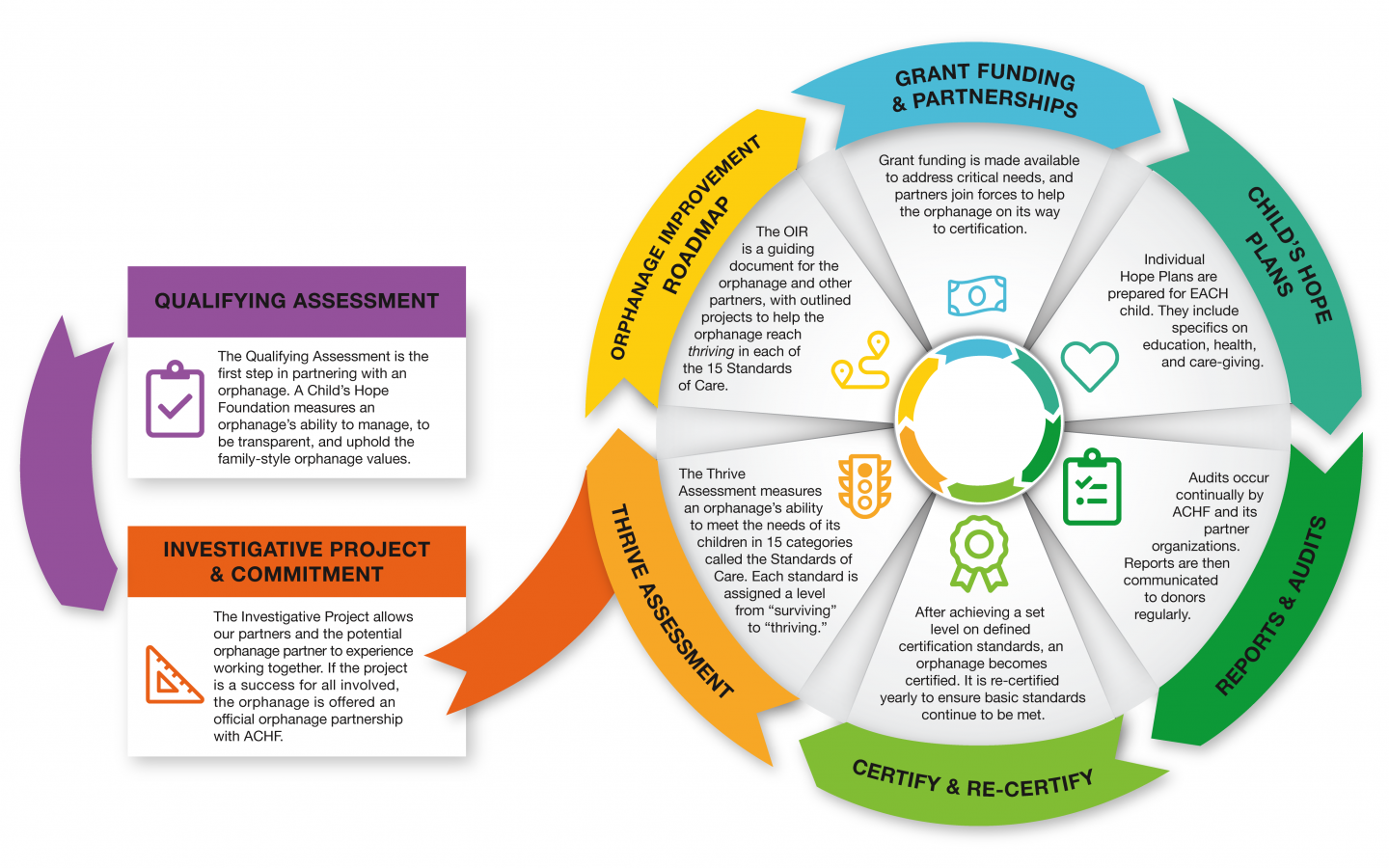
Step One: Qualifying Assessment
The Qualifying Assessment is a measurement of both the general state of an orphanage and the foresight and trustworthiness demonstrated by the orphanage directors. The ACHF regional team fills out the assessment as they tour the orphanage and talk to the staff and directors. Here are a few questions from the assessment:
- “Is the leadership willing to give you a tour without advance warning?”
- “Do they have a list of pre-identified needs? Give as much detail as possible (cost, timeline, urgency, purpose, etc.)”
- “Is the condition of children's clothing acceptable?”
These and other questions give us an idea of the state of the orphanage and the effort and transparency of the directors and staff. After the assessment, our regional team will make a decision on whether or not to move forward with the orphanage. If the facility is run in a trustworthy manner, and the directors have a real desire to help the children, then we move to the next step in the certification process.
Step Two: Investigative Project

After the qualifying assessment, A Child’s Hope will plan a small project at the orphanage being assessed. This project can be a construction project, a home repair project, or anything else that enables us to work hand in hand with the directors.
Working on a project with the orphanages achieves several things. First, it helps us gauge how compatible the orphanage is with A Child’s Hope. We also get a better feel for how aware and concerned the directors are for the needs of the orphanage and kids. Finally, it lets us see the leadership and project management skills of the directors first hand. If the Investigative Project goes well, the orphanage is offered an official partnership with A Child’s Hope!
Step Three: Thrive Assessment
The official partnership with A Child’s Hope begins with a more thorough assessment called the Thrive Assessment. This assessment evaluates the well-being of the kids living at the orphanage by focusing on 15 categories of well-being. These categories are based on the rights of a child that were codified at an United Nations Convention in 1989. Here are some of the categories we assess, along with example questions used to gauge where the orphanage is at.
Right to Nutrition
- “Is the food prepared in a hygienic manner?”
- “Is protein provided daily?”
Right to Quality Education
- “Are a variety of books based on children’s age, language, and reading levels available at the home and accessible to children?”
- “Does a tutor or mentor discuss grades and progress with each child, quarterly (minimum) and when grades are available?”
The Thrive Assessment helps us and orphanage leadership get a better idea of the strengths and weaknesses of the orphanage. It helps pinpoint areas where they can make a big difference in the lives of the children. For instance, some orphanages might be doing great providing the Right to Nutrition, but doing poorly providing the Right to Spiritual Development. With strengths and weaknesses clearly identified, orphanage directors have a clearer picture of how they can improve the care given to the children at their home.
Step Four: Orphanage Improvement Roadmap
With clear priorities for improvement identified, A Child’s Hope works directly with orphanage leadership to create an Orphanage Improvement Roadmap. An Orphanage Improvement Roadmap contains information regarding how the orphanage is doing in each of the 15 categories and specifies goals to help improve in the areas that need work. Here are some examples from a Roadmap created by one of our current partners:
Right to Guidance
- Hire a therapist for the kids to work through emotional challenges. The therapist will also train the caregivers on how to support each child in working through those challenges.
Right to Be Safe From Abuse and Neglect
- Build a fence around the perimeter of the property to keep out strangers.
- Create a written code of conduct for visitors
Roadmaps provide clearly defined goals and a path to improvement. They provide action items to work on that make real differences in the lives of children. To see the Roadmaps of several of our current partner orphanages, click here.
Step Five: Grant Funding and Partnerships
With goals and next steps laid out, orphanage leaders have a good idea where they need money and other resources. They can apply for grants through A Child’s Hope for their highest impact needs, while less urgent needs are turned into Project Tiles that donors can fund from our website. A Child’s Hope Foundation isn’t the largest donor at any of our partner facilities, but we can ensure that funds are targeted so they will make the biggest difference for their kids.
Some needs are best fulfilled by working with domain experts. Some organizations already have expertise in education, nutrition, or electricity for example. With the needs clearly identified and laid out, we can help coordinate efforts between existing donors and potential new partners, thus avoiding duplication of efforts. Our ability to help facilitate funding to the children’s needs is one of the main reasons our orphanage partners are excited about the Certification process.
Step Six: Child's Hope Plans
We believe that even orphaned children can thrive when supported by:
- Dedicated Caregivers
- Therapists
- Tutors
- Mentors
While Roadmaps alone are enough to make a significant difference for the kids at the orphanages we serve, we are also aware that the most important impact of what we do is in the lives of individual children. That’s why we are developing Child’s Hope Plans, a method for identifying each child’s specific needs/challenges and providing them with the support they need to heal from trauma, learn, and grow up to be contributors in their communities.
These individualized Child’s Hope Plans are created with a team of invested individuals—caregivers, therapists, tutors, and mentors. The goal of the plan is to chart a path with the child to receive the necessary skills and guidance to be adequately prepared for adulthood. It may include goals and objectives in education, career, social life, physical health, mental health, and/or any other areas where the child may need help.
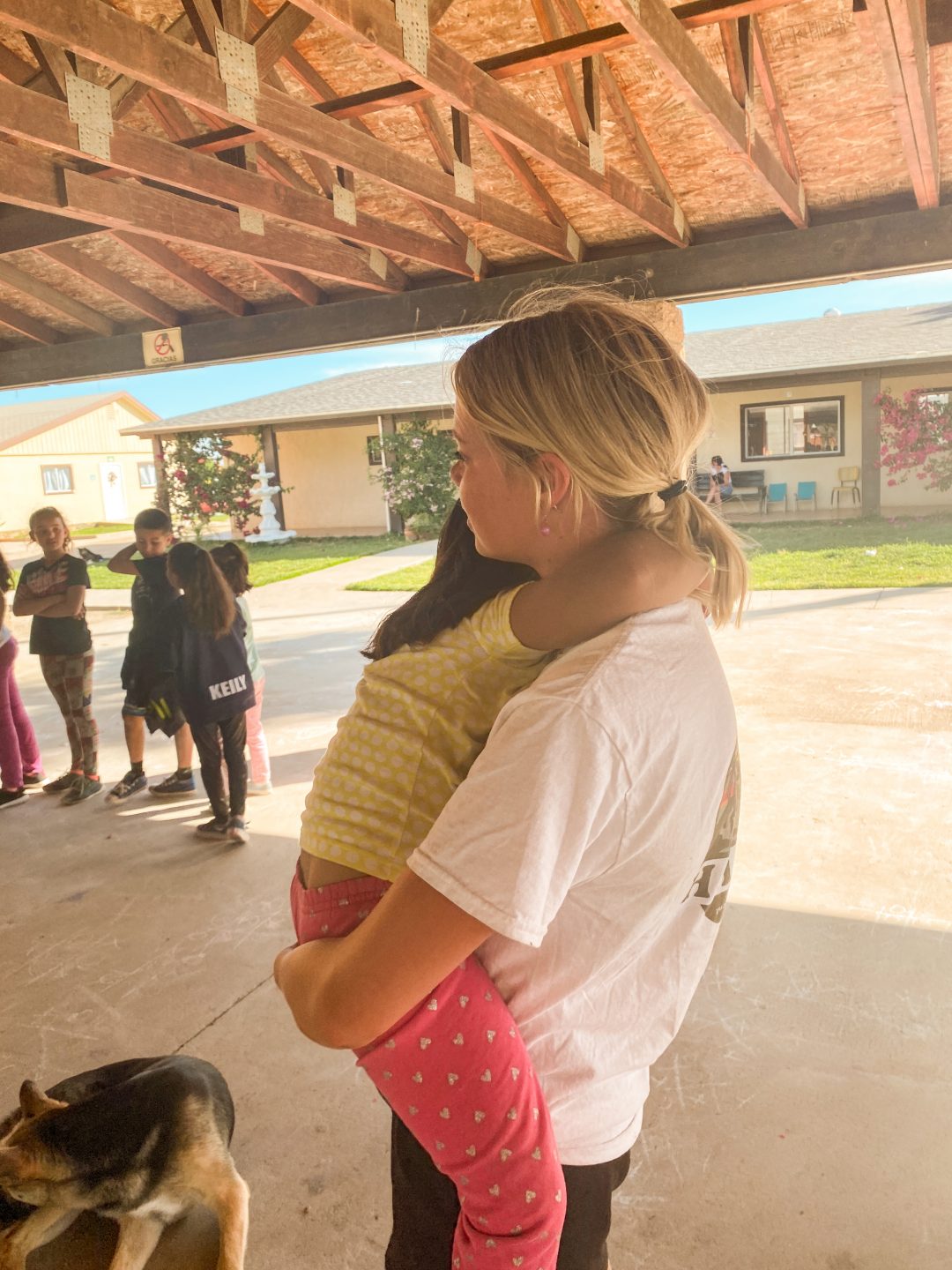
Step Seven: Reports and Audits
As our relationship with an orphanage progresses, the orphanage wants to be transparent about how they are using grants and donations. We also want to be transparent with our donors about how their money is being used. This is where reporting and auditing comes in.
Orphanages regularly send us updates on each child’s well-being, financial reports, progress on partnered projects, and other reports that help us see exactly where donor money is going and how it’s making a difference. We want to be equally transparent on our side. To do this, we compile the information we receive from the orphanages, therapists, tutors, and mentors, andsend reports to our donors and volunteers.
Step Eight: Certify and Recertify
After the orphanage has met all the steps as outlined above, it is certified! This means the orphanage has proved over an extended period of time that they are trustworthy, willing to take steps to improve, and genuinely concerned about the well-being of their children.
Each year, the orphanage goes through the certification process again to ensure continual progress and accountability.
By vetting orphanages through the qualifying assessment and an investigative project, we make sure we are working with honest orphanage leadership. Through the Thrive Assessment, Orphanage Improvement Roadmap, and Grant Funding, we gain a clear idea of the strengths and weaknesses of an orphanage and ensure that there is a detailed map for improvement. Through Child’s Hope plans, each child receives the help and direction they need to progress to becoming successful adults. Finally, regular audits and recertification enables both A Child’s Hope and the orphanages we work with to be transparent in how valuable donations and funds are being used.
